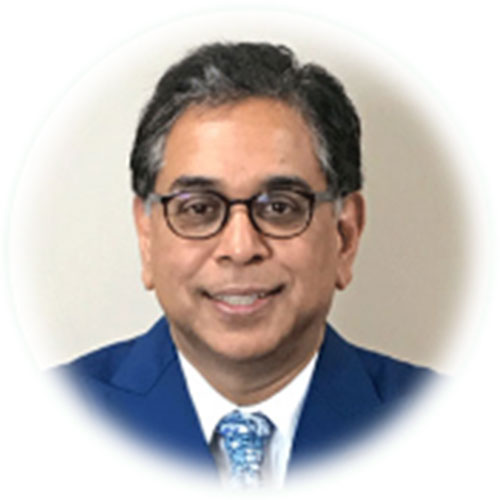Healthcare administrators have typically been quick to recognize telemedicine as a highly effective solution to providing their patients with increased access to specialized care. The American Telehealth Association states that “40 states and the District of Columbia have adopted substantive [telehealth] policies or received awards to expand telehealth coverage and reimbursement since 2017.” Last year, the American Hospital Association (AHA) called on the federal government to make changes that would expand telemedicine use and improve telemedicine reimbursement programs even more. These changes are particularly beneficial for patients living in rural areas who otherwise wouldn’t have access to specialists. However, it is equally important for healthcare organizations to adopt telemedicine as a solution not only to combat the pandemic but for an issue that is just as prevalent as lack of access to care: clinician burnout.
Burnout is especially ominous in the field of urology, where there’s already a shortage of doctors. The continual decline could be catastrophic to both patients and providers. A staggering 62% of counties in the United States don’t currently have a practicing urologist, and those who are practicing are already overburdened. And due to the pandemic, 57% of urologists who responded to a 2020 LocumTenens.com survey reported an increase in stress, burnout or mental health issues because of COVID-19.
Even before the pandemic struck, The American Urological Association found almost half of practicing urologists plan to retire by age 65, with 5.5% of urologists planning to retire before the age of 60. When asked why they’re choosing to retire, 73% cited a lack of time for their personal or family life, 69% cited work-related stress and 23% cited having too many patients to see.
However, these stressors urologists are experiencing can be reduced by increased telehealth adoption at the facilities where they’re employed. As of 2018, only 12% of urologists reported participating in a telemedicine program at their facility, but today’s pandemic has accelerated the use of telemedicine exponentially. While many urologists believe their facilities will increase the utilization of telemedicine in the future, we still have a long way to go.
Technological developments are making the adoption of telehealth easier and more effective for patients, practitioners and healthcare organizations than ever before. For instance, PercuVision’s DirectVision® Telehealth Hub allows for a bedside provider to go beyond face-to-face consultation by placing a visually guided catheter under real-time vision or a cystoscope with remote support from a urologist. Not only does this increase patients’ ability to access care, but it also allows facilities to possess a stronger urology presence without the burden and excessive cost of hiring full-time, in-house providers.
Additionally, locum tenens urologists, particularly those primarily delivering care via telemedicine, are another innovative solution to burnout. This option offers providers the freedom to choose when and where they work, allowing them to spend more time with their families and alleviating the stress of in-office administrative work. Care can be provided from the comfort of their home office, eliminating traveling time between facilities and increasing the number of patients seen. And now, more than ever before, the barriers to telemedicine reimbursement have been removed.
These solutions have the power to transform the field of urology and help combat the pandemic. It’s time to recognize telemedicine as a solution that allows urologists to take better care of their patients and themselves.

About the author
Pamela Ograbisz
Vice President of Clinical Operations
Pamela Ograbisz, Associate Vice President of Telehealth for LocumTenens.com. With 20 years of experience in cardiothoracic surgery and internal medicine, she is passionate about delivering quality healthcare in a timely manner. Dr. Ograbisz is confident that telehealth programs are the key to improving health and the overall patient experience.

About the author
Errol Singh
M.D. F.A.C.S.
Errol Singh, M.D. F.A.C.S. is CEO & Founder of PercuVision, Capital Urology and a practicing urologist for over 30 years. Dr. Singh is a member of the AUA Telehealth Task Force and an advocate for telehealth in urology. PercuVision and LocumTenens.com recently partnered to improve access to urological care through telemedicine.





